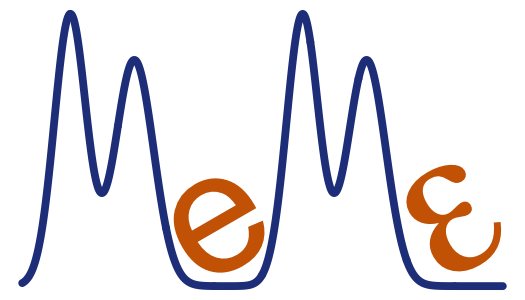I came to bird song rather late. As a child, my enthusiasm for birds was almost entirely visual. I would spend hours copying pictures out of bird guides, but knew few other than the obvious, onomatopoeic calls. Over the past decade or so - with a conscious effort, and with considerable direction from my partner, whose ear is much more musical than mine - I’ve managed to tune in to the more common songs you’re likely to hear in Britain. I’m nowhere near able to deconstruct a full dawn chorus, but at least now unfamiliar songs stand out, often a sign that something interesting is around.
Here’s a funny thing though. I’ve never really been one for bird lists, but on more exotic trips they’ve seemed like a worthwhile exercise. And my few such lists distinguish between birds we’ve seen, and those we’ve only heard. The ‘only’ there is deliberate - for a long time, I considered hearing a bird as less of a ‘tick’ than seeing it; perhaps because I lacked confidence in my ear, but also I think because seeing felt more real. Which is silly really - for many songbirds, their song is far more striking and identifiable than their little, brown appearance. Now that my walks are invariably in the company of small children, with no time to stand still and look for the source of a song, I think I’m finally happy to give song equal billing - to come home content to have experienced that blackcap, or skylark, or curlew, to believe it was really there, sight unseen. (That’s if I can ever hear a bloody thing over child-borne cacophony…)
This musing on the nature of experience, and the experience of nature, has been triggered by two events - one recent, the other imminent.
Just before Christmas Danny Copeland, a recent APS graduate and former dissertation student of mine, came back to Sheffield to talk to our current undergrads about his burgeoning ‘unorthodox career in conservation’. Danny styles himself as a multimedia expert, specialising in underwater work, and with a special passion for mantas and other mobulid rays.
Among his recent projects, he has created a remarkable short film about diving with rays. Shot in 360º (using ‘basically 6 GoPros taped together’, as Danny self-effacingly puts it), and viewable with a VR headset, this film offers an immersive experience, as close as I’ve been to scuba diving for almost 20 years. This short film explains the how the team got this amazing footage:
The resulting film was powerful enough to help win new protection for mobula rays at the recent CITES meeting, and viewing it sitting on a stool in the University Arms, I was astonished quite how powerful the sensation of being elsewhere was.
This was my first go with VR, and I was hugely impressed; as the technology improves, both for filming and viewing natural history films in this way, it could well offer us glimpses of experiences we will never personally have. But although I came away feeling that I now had a much better idea of what diving with giant rays would be like, of course no part of me actually thinks that I have had that experience. Visually it was spectacular, but none of my other senses got wet…
The second, imminent experience is a research cruise I am scheduled to participate in, led by my friend and collaborator Craig McClain, into the Gulf of Mexico in March. I am childishly excited about this - I’ve been calling myself a marine ecologist for long enough, but the shameful truth is that I’ve never spent more than 24h on a boat. The focus of this cruise is the deep sea, in particular the unique communities that develop on wood which finds its way into the deep either naturally (fallen trees washed out to sea by rivers) or, in this case, via benthic elevator from our ship. This offers unusual opportunities for experimental macroecology, as we discuss in a new paper using data collected from Craig’s last cruise. This time we’re going to chuck a load more wood overboard to test some more fun hypotheses. Expect many breathless progress reports on here in due course…
What’s interesting in the context of this post, however, is our planned use of ROVs - Remotely Operated Vehicles, robot submarines if you like. ROVs offer numerous advantages over manned subs. They are safer and much cheaper, for starters. But also, as Craig (a veteran of both manned and remote missions) has told me in the past - you get a much better view on multiple widescreen displays from an ROV than you would ever get from the porthole of a sub; what’s more you can enjoy these views while stretching your legs, and even have a coffee without worrying about the inevitable uncomfortable consequences. Put simply: you have a richer experience of the deep sea using ROVs.
But of course you don’t need to be at sea to have this experience - some missions are now livestreaming visuals, so anyone anywhere can share that sense of discovery. Will that make the experience on board the RV Pelican any less ‘real’ for me? That probably depends on my sea legs. It does though, I think, raise some interesting questions about what ‘experiencing’ nature really means. Is anything mediated via a screen a real ‘experience’? Does it matter how far from the actual action we are? Carry that thought further: Is watching live footage on springwatch a natural experience? Does looking down on Earth on a screen from a windowless spaceship actually really count?
I dunno. But here’s to new experiences anyway, however they come.
